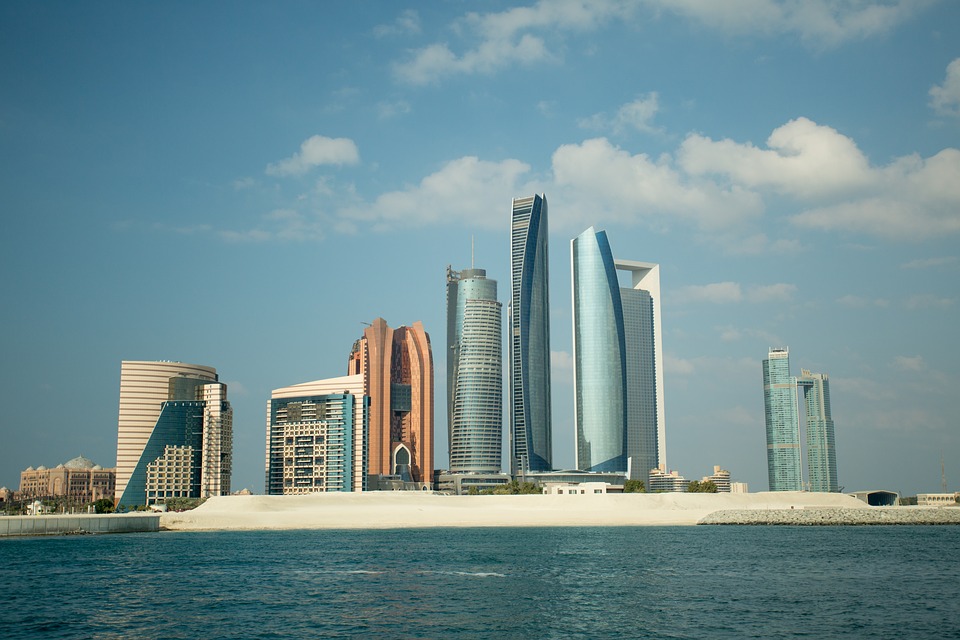
Introduction
The Middle East, a region rich in history, culture, and natural beauty, has increasingly become a focal point for travel and tourism. Spanning across several countries, including iconic destinations such as Egypt, the United Arab Emirates, Jordan, and Israel, the Middle East offers a diverse array of experiences that attract millions of tourists each year. In this article, we will explore the various facets of travel and tourism in the Middle East, highlighting the unique attractions, cultural heritage, and the ongoing developments aimed at enhancing the travel experience in this captivating region.
The Allure of Historical Heritage
Ancient Civilizations
The Middle East is often referred to as the cradle of civilization. With a history that dates back thousands of years, this region is home to some of the world’s most important archaeological sites. Tourists flock to places like the Pyramids of Giza in Egypt, Petra in Jordan, and the ancient ruins of Persepolis in Iran. These sites not only provide insight into ancient civilizations but also showcase the incredible architectural achievements of their time.
The Pyramids of Giza
The Pyramids of Giza, built over 4,500 years ago, remain one of the most recognizable symbols of ancient Egypt. The Great Pyramid, the largest of the three, was constructed as a tomb for Pharaoh Khufu and is the only surviving wonder of the ancient world. Visitors can explore the complex, including the Sphinx and several smaller pyramids, providing a glimpse into the incredible engineering feats of ancient Egyptians.
Petra
Petra, known as the “Rose City,” is a UNESCO World Heritage Site famous for its rock-cut architecture and water conduit system. The ancient Nabateans carved elaborate structures into the rose-red cliffs, including the iconic Al-Khazneh (The Treasury). Visitors often traverse the Siq, a narrow gorge that leads to Petra, feeling as though they have stepped back in time to an ancient world.
Persepolis
Persepolis, the ceremonial capital of the Achaemenid Empire, showcases the grandeur of Persian architecture. Built in the 6th century BCE, its ruins include majestic palaces and relief carvings that depict the empire’s history. Today, tourists can walk among these ancient relics, offering a profound connection to the region’s imperial past.
Religious Significance
The Middle East is also a religious epicenter, housing significant sites for Judaism, Christianity, and Islam. For example, Jerusalem is revered by all three faiths, with landmarks such as the Western Wall, the Church of the Holy Sepulchre, and the Al-Aqsa Mosque. Pilgrimages to these sites attract millions of religious tourists each year, making religious travel an essential aspect of the region’s tourism landscape.
Jerusalem
Jerusalem’s significance cannot be overstated. For Jews, the Western Wall is a sacred site of prayer and pilgrimage. Christians flock to the Church of the Holy Sepulchre, believed to be the site of Jesus’ crucifixion and resurrection. Meanwhile, Muslims consider the Al-Aqsa Mosque, located on the Temple Mount, to be the third holiest site in Islam. This confluence of faiths in one city draws visitors from all over the globe, eager to experience its spiritual heritage.
Other Notable Religious Sites
In addition to Jerusalem, other significant religious sites can be found throughout the region. In Iraq, the city of Najaf is a major pilgrimage destination for Shia Muslims, home to the Imam Ali Mosque. In Saudi Arabia, millions of Muslims perform the Hajj pilgrimage to Mecca each year, making it one of the largest annual gatherings of people in the world.
Natural Wonders and Ecotourism
Diverse Landscapes
Beyond its historical significance, the Middle East boasts breathtaking natural landscapes that are perfect for ecotourism. From the vast deserts of Saudi Arabia and the stunning coastlines of Oman to the lush mountains of Lebanon, the region offers a variety of environments for outdoor enthusiasts. Activities such as hiking, desert safaris, and diving in the Red Sea have become popular among tourists seeking adventure and a connection to nature.
The Red Sea
The Red Sea is renowned for its rich marine biodiversity and vibrant coral reefs, making it a premier destination for divers and snorkelers. Areas like Sharm El-Sheikh and Dahab in Egypt offer stunning underwater experiences, with opportunities to encounter various fish species, sea turtles, and even dolphins. Eco-friendly resorts are emerging along the coast, promoting sustainable practices to protect this fragile ecosystem.
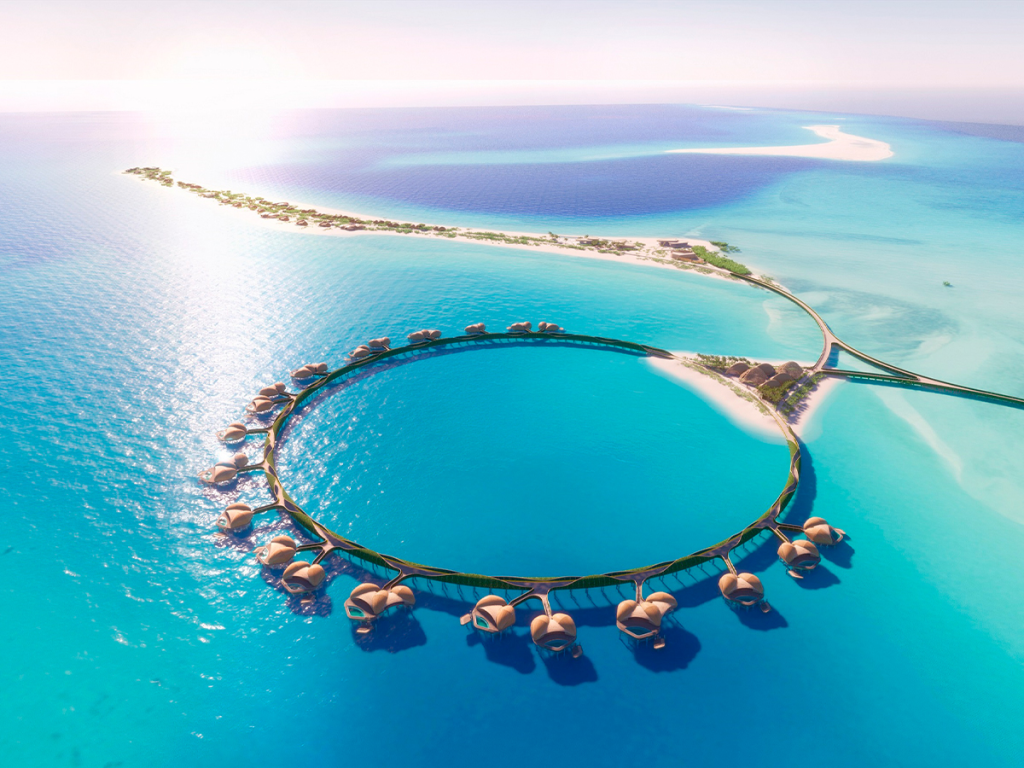
The Deserts
The deserts of the Middle East are equally captivating. In Saudi Arabia, the Empty Quarter (Rub’ al Khali) is the largest continuous sand desert in the world, where visitors can take part in thrilling dune bashing and camel rides. Meanwhile, the Wadi Rum in Jordan is known for its dramatic sandstone mountains and breathtaking sunsets. Adventure seekers can opt for jeep tours or hot air balloon rides to witness the stunning landscape from above.
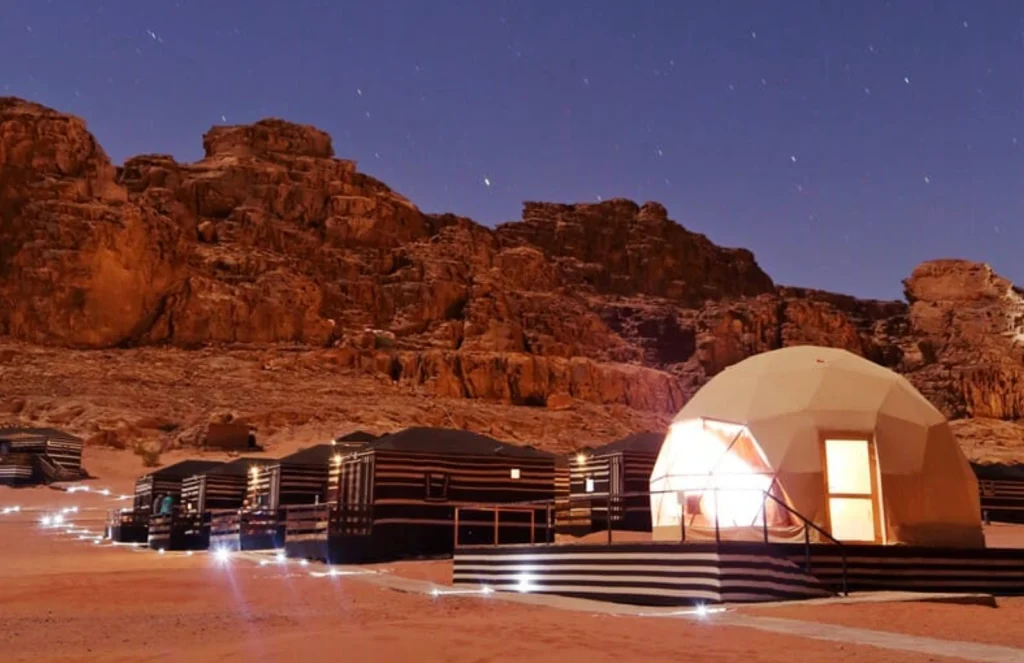
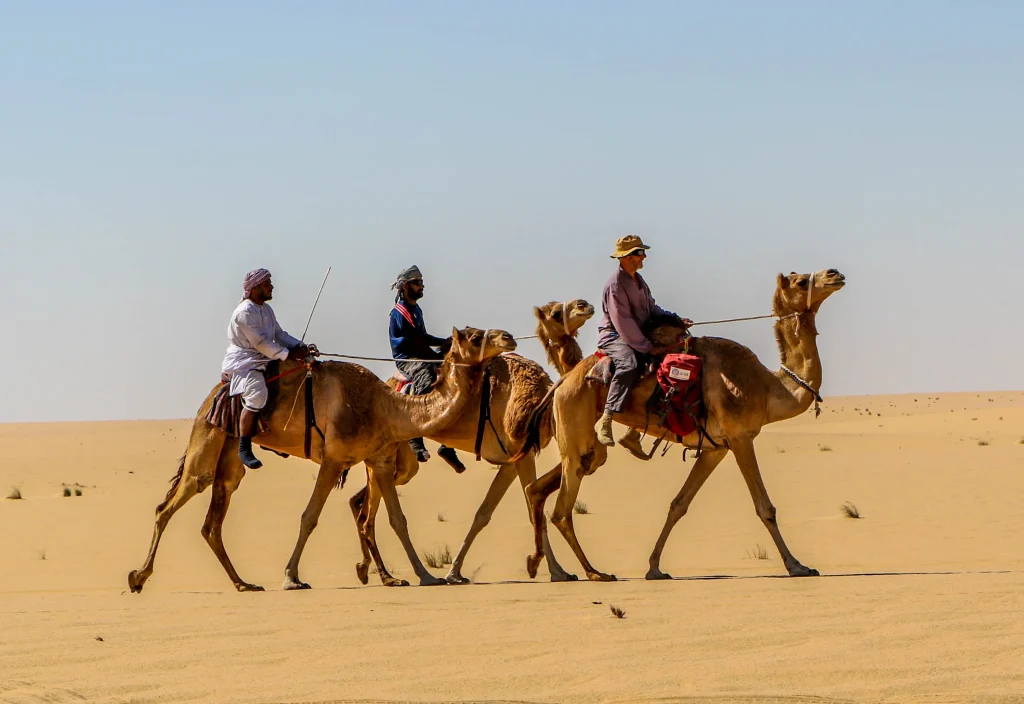
Sustainable Tourism Initiatives
In recent years, many Middle Eastern countries have recognized the importance of sustainable tourism. Initiatives aimed at preserving natural habitats and promoting eco-friendly practices are gaining traction. For instance, Oman has made significant efforts in conservation, and ecotourism in the country is growing, with tour operators offering trips that emphasize environmental awareness and cultural respect.
Oman’s Green Initiatives
Oman is often heralded as a model for sustainable tourism in the region. The government has implemented policies to protect its unique ecosystems, such as the Ras Al Jinz Turtle Reserve, where endangered green turtles come ashore to nest. Tourists can participate in guided tours that educate them about the conservation efforts while minimizing their impact on the environment.

Modern Attractions
Urban Development
Cities in the Middle East have experienced rapid modernization and urban development, making them attractive destinations for tourists. Dubai, for example, is known for its futuristic skyline, luxury shopping, and extravagant experiences such as indoor skiing and desert safaris. The city’s Burj Khalifa, the tallest building in the world, has become a must-visit attraction.
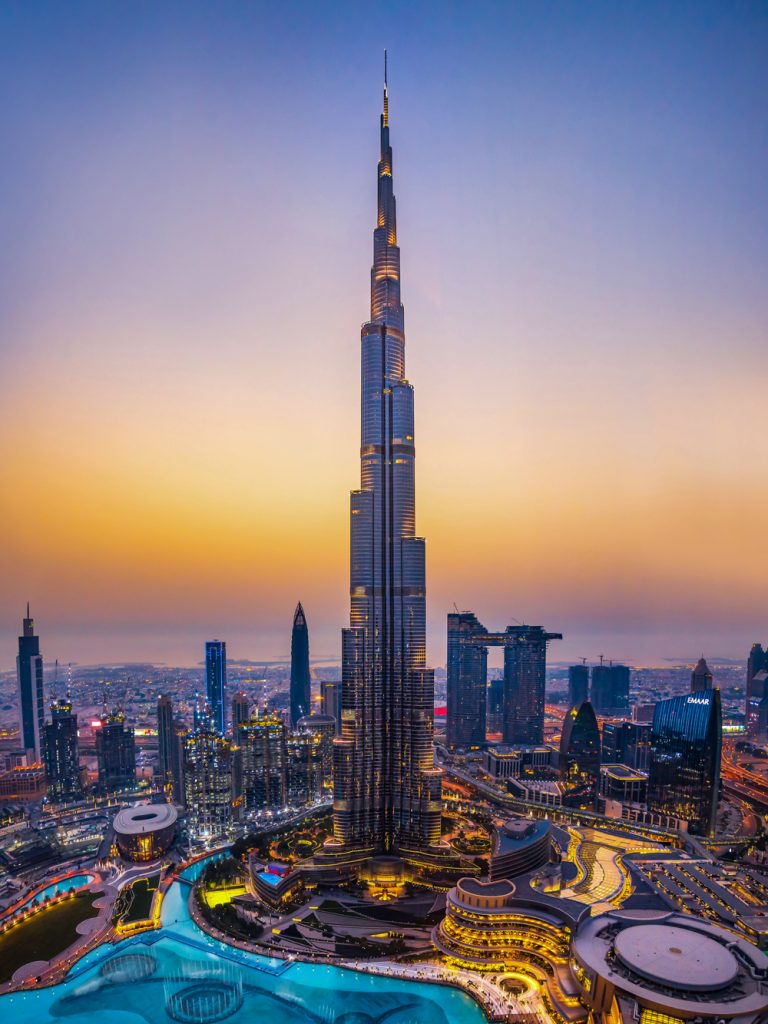
Dubai: A World-Class Destination
Dubai is a dazzling example of urban transformation. Beyond the iconic Burj Khalifa, visitors can explore attractions like the Dubai Mall, one of the largest shopping centers in the world, which features an indoor aquarium and an ice rink. The Palm Jumeirah, an artificial island shaped like a palm tree, is home to luxury resorts and fine dining establishments, attracting affluent travelers seeking opulence and extravagance.
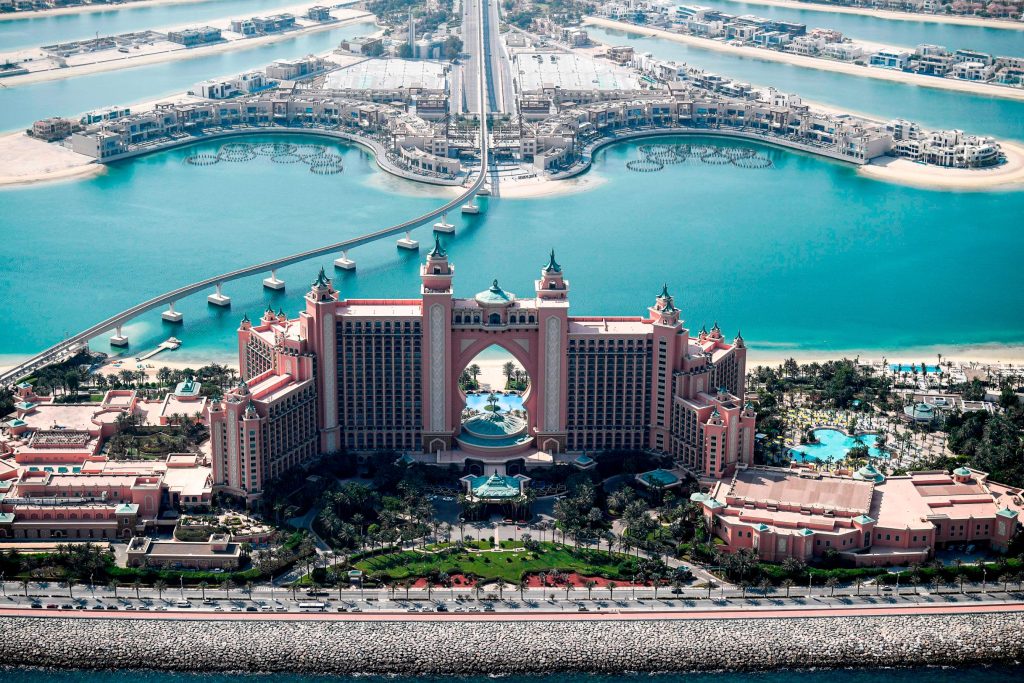

Cultural Festivals and Events
The Middle East is also home to numerous cultural festivals that draw international crowds. Events like the Abu Dhabi Film Festival, Dubai Shopping Festival, and the Jerash Festival in Jordan showcase the region’s vibrant arts and culture scene. These festivals not only offer entertainment but also provide visitors with a deeper understanding of local traditions and contemporary expressions.
The Abu Dhabi Film Festival
The Abu Dhabi Film Festival has become a significant event in the international film calendar, featuring a diverse lineup of films from around the world. It promotes local filmmakers while attracting talent and audiences from across the globe. Screenings, workshops, and panel discussions provide an excellent opportunity for visitors to engage with the film industry and celebrate cinematic creativity.
The Jerash Festival
The Jerash Festival in Jordan celebrates the country’s cultural heritage with a series of performances, including music, dance, and theater. Set against the backdrop of the ancient Roman ruins of Jerash, the festival draws both local and international audiences, providing a unique cultural experience that highlights the region’s artistic talents.
Culinary Tourism
A Gastronomic Journey
The Middle East is renowned for its rich culinary heritage, characterized by a blend of flavors and traditions. Each country boasts its own specialties, from Lebanese mezze to Persian kebabs and Emirati dishes. Food enthusiasts traveling to the region can embark on a gastronomic journey that includes street food tours, cooking classes, and fine dining experiences.
The Flavors of Lebanon
Lebanese cuisine is celebrated for its diverse and flavorful dishes. Tourists can enjoy mezze platters filled with hummus, tabbouleh, and baba ganoush, often accompanied by fresh pita bread. Culinary tours in cities like Beirut offer the chance to learn about local ingredients and cooking techniques, providing a hands-on experience that connects travelers to the culture.
The Spice Route
The Middle East’s rich history as a center for trade and spices is evident in its culinary offerings. Countries like Iran and Turkey (Türkiye) feature dishes that incorporate an array of spices, including saffron, sumac, and cumin. Food festivals often showcase these flavors, allowing visitors to taste the region’s culinary diversity and learn about its history.
Culinary Festivals
In addition to the diverse food options, culinary festivals are becoming increasingly popular. Events such as the Dubai Food Festival and the Qatar International Food Festival showcase local and international cuisines, bringing together chefs and food lovers from around the world. These festivals celebrate gastronomy through cooking demonstrations, tastings, and food markets, providing a vibrant atmosphere for culinary enthusiasts.
Challenges and Opportunities in Tourism
Political Stability and Safety
While the Middle East has much to offer, political instability in certain areas can pose challenges for travel and tourism. Countries like Syria and Yemen, for instance, are currently facing significant challenges that have impacted their tourism industries. However, nations such as the UAE, Jordan, and Morocco are seen as safer options, attracting tourists despite regional uncertainties.
The Role of Safety Measures
In response to safety concerns, many Middle Eastern countries have implemented enhanced security measures to protect tourists. Increased surveillance, police presence, and emergency response plans contribute to a safer travel environment. Tour operators often provide updated travel advisories, ensuring that tourists are well-informed about their destinations.
Visa Regulations and Accessibility
Visa regulations can also affect tourism flows in the Middle East. While some countries offer visa-on-arrival or e-visa options, others have stricter requirements. However, the trend is shifting towards more accessible visa policies to boost tourism, with many governments recognizing the economic benefits of a thriving tourism sector.
The Push for E-Visas
Countries like Saudi Arabia have recently introduced e-visa systems, making it easier for travelers to visit. This shift not only enhances accessibility but also encourages tourism by simplifying the application process. As countries continue to refine their visa policies, international visitors can expect a more streamlined experience.
Infrastructure Development
Significant investments in infrastructure are transforming the Middle East’s tourism landscape. Airports are being expanded, new hotels are being constructed, and transportation networks are being improved. For example, Saudi Arabia’s Vision 2030 aims to diversify the economy and promote tourism, leading to massive investments in projects like NEOM, a futuristic city that will redefine urban living.
Transport Innovations
Innovative transportation options are also on the rise. High-speed rail networks, such as the planned Saudi Arabian train that will connect major cities, promise to make travel within the country more efficient. Additionally, improvements in public transportation systems in cities like Dubai and Abu Dhabi enhance the overall travel experience for visitors.
Cultural Sensitivity and Respect
Understanding Local Customs
Travelers to the Middle East should be aware of the region’s cultural norms and traditions. Dress codes can be more conservative, especially in religious sites, and it’s essential to respect local customs, such as during Ramadan when eating and drinking in public during daylight hours is discouraged. Understanding and respecting these customs not only enriches the travel experience but also fosters goodwill with local communities.
Respectful Interaction
Engaging respectfully with locals is crucial for a positive travel experience. Learning a few basic phrases in the local language can go a long way in building rapport and demonstrating appreciation for the culture. Tourists are often welcomed with warmth and hospitality, creating memorable interactions that enhance their journey.
Engaging with Local Communities
Travel and tourism in the Middle East increasingly emphasize community engagement. Tourists are encouraged to participate in local experiences, from staying in traditional guesthouses to taking part in cultural workshops. These interactions provide a more authentic experience and help support local economies.
Community-Based Tourism
Community-based tourism initiatives are gaining popularity as travelers seek more meaningful connections with the destinations they visit. Programs that promote cultural exchange, such as cooking classes in local homes or artisan workshops, allow tourists to immerse themselves in the community and contribute directly to its sustainability.
The Future of Travel and Tourism in the Middle East
Innovation and Technology
The future of travel and tourism in the Middle East is set to be shaped by innovation and technology. Digital platforms are revolutionizing the way tourists plan their trips, with applications that offer real-time information, booking services, and personalized recommendations. Virtual reality experiences are also gaining popularity, allowing potential visitors to explore destinations before they arrive.
Smart Tourism Initiatives
Cities like Dubai are embracing smart tourism technologies, incorporating AI and data analytics to enhance the visitor experience. Smart apps provide personalized itineraries based on traveler preferences, while contactless payment systems streamline transactions. This emphasis on technology not only enhances convenience but also contributes to a more enjoyable travel experience.
Focus on Wellness Tourism
Another emerging trend is the focus on wellness tourism. The Middle East is home to luxury spas and wellness retreats that cater to tourists seeking relaxation and rejuvenation. Destinations like Bahrain and the UAE are investing in wellness programs, from traditional therapies to modern wellness practices, attracting health-conscious travelers.
Retreats and Wellness Experiences
Wellness retreats in the region often incorporate traditional healing practices alongside modern treatments. Visitors can indulge in spa treatments that utilize local ingredients, such as rose oil or dates, while also participating in yoga sessions or meditation workshops in serene settings. These experiences not only promote relaxation but also foster a connection to the local culture.
Conclusion
Travel and tourism in the Middle East offer a unique blend of history, culture, natural beauty, and modern attractions. As the region continues to evolve, embracing sustainable practices and innovative technologies, it holds great promise for the future. With diverse experiences that cater to a wide range of interests, the Middle East stands poised to become a leading destination for travelers from around the world. Whether you are drawn by its ancient heritage, stunning landscapes, or vibrant cultures, the Middle East has something to offer every traveler, making it a must-visit destination in the global tourism landscape.
Final Thoughts
As tourism continues to grow in the Middle East, the region’s ability to adapt and innovate will be key to its success. By focusing on sustainability, cultural preservation, and technological advancements, Middle Eastern countries can ensure that their rich heritage and stunning landscapes remain accessible to future generations. The interplay between tradition and modernity creates a unique atmosphere that invites exploration and discovery, making the Middle East an unforgettable destination for travelers seeking adventure, culture, and connection.
Travelers who venture into this multifaceted region will undoubtedly leave with a deeper appreciation for its complexities, as well as cherished memories that will last a lifetime. The Middle East is not just a destination; it is a journey into the heart of humanity’s shared history and a testament to the resilience and beauty of diverse cultures.
